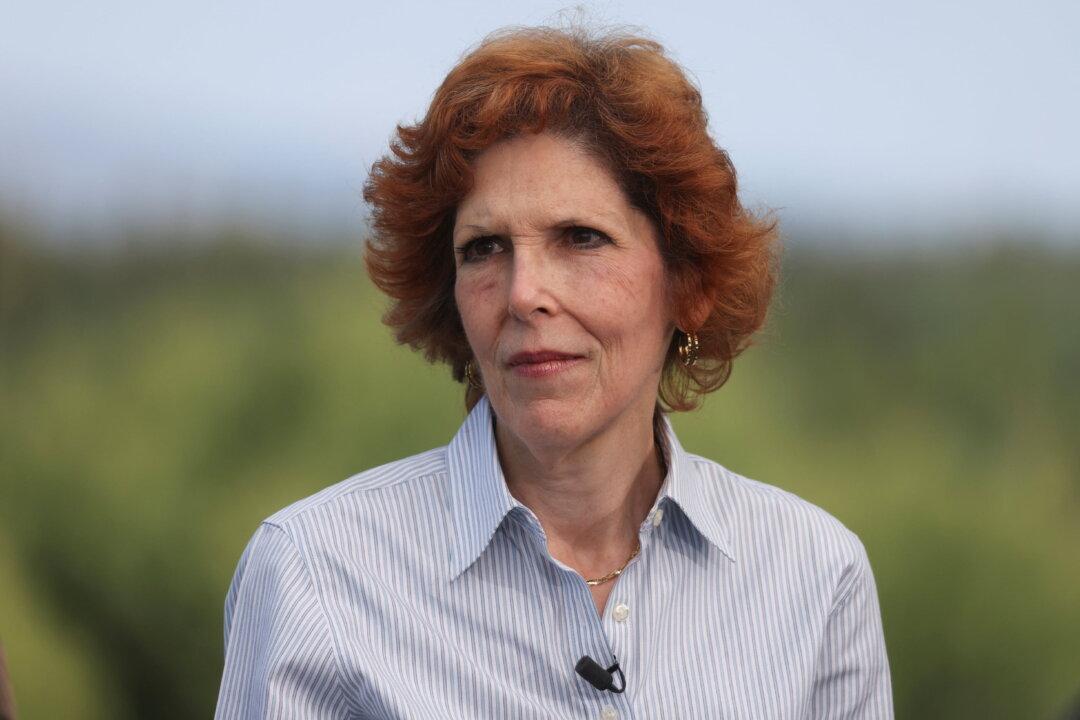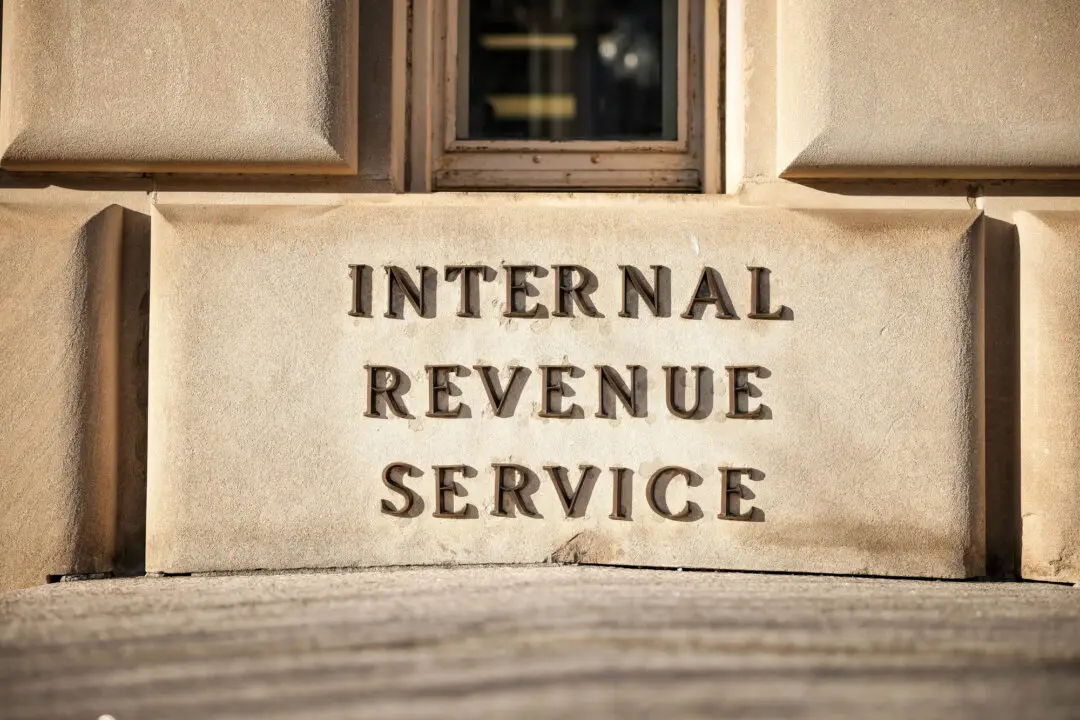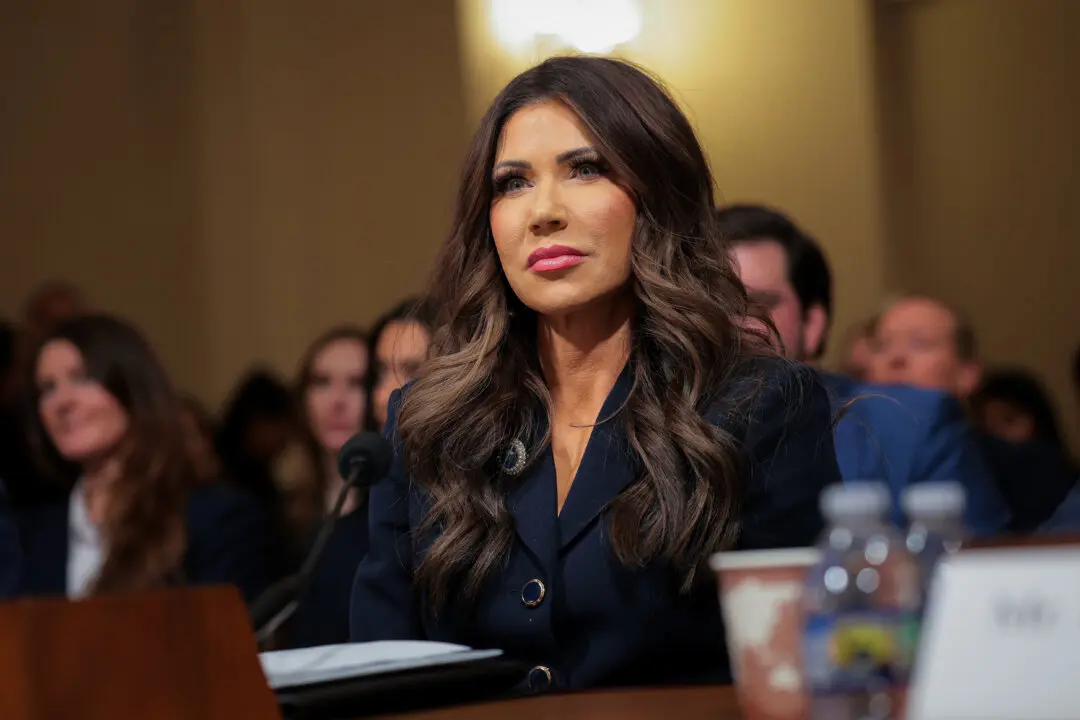Investors are worried that the Federal Reserve’s aggressive fight against inflation might sink markets deeper and tank the economy further. They also were given little reason to expect relief anytime soon, as Loretta Mester, president of the Federal Reserve Bank of Cleveland, said on Aug. 31 that the central bank is determined to keep hiking rates and keep them high even if it means a sharper slowdown and higher unemployment.
“My current view is that it will be necessary to move the fed funds rate up to somewhat above 4 percent by early next year and hold it there. I do not anticipate the Fed cutting the fed funds rate target next year,” Mester said in prepared remarks to a local chamber of commerce in Dayton, Ohio.





